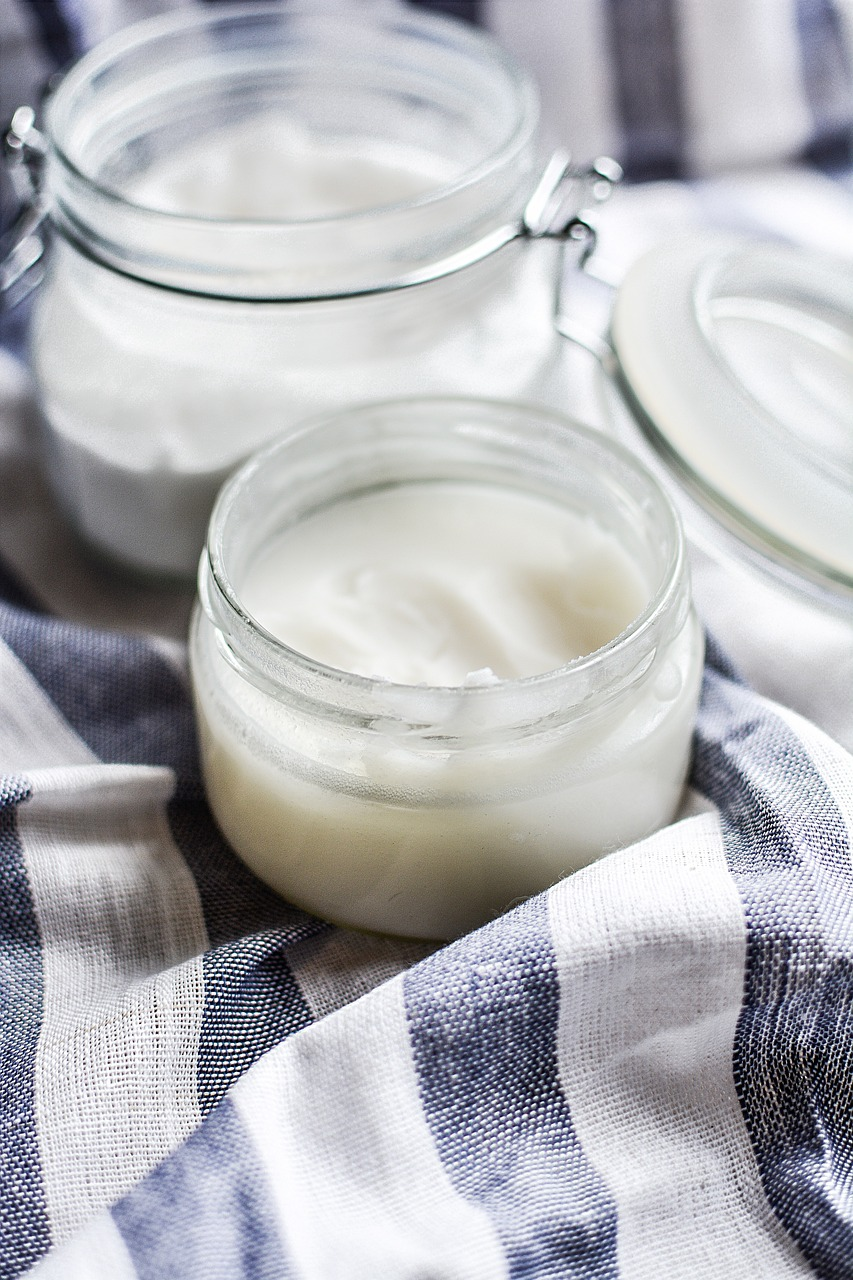Fabulous Fats: Tallow

September 25th, 2024
Why is there a blog post on beef fat?
Beef fat, called suet if it is unrendered or tallow once rendered, has some amazing health benefits when used in cooking, skincare, and nutrition! Tallow is prized in the traditional cultures who sought to use the whole of an animal not letting anything go to waste. It is still a wonderful fat to have in your life today! Especially on your skin or in your food.
Benefits & Uses of Tallow
Adding tallow regularly to your diet can aid in various nutritional and health benefits. Tallow from a grass-fed cow contains fat-soluble vitamins including vitamins A, D, K2, E, and B12. It also contains choline, conjugated linoleic acid (CLA), and saturated fats. CLA and vitamin K help reduce inflammation which also helps your arteries, contrary to the myth that saturated fats clog your arteries. Saturated fats can help balance blood sugars. Tallow can also regulate brain, kidney, and hormone function. Overall tallow is a nourishing food that can strengthen your immune system and protect you from diseases like asthma, cancer, and diabetes.
Tallow is a great option for cooking. An easy place to start is by swapping your conventional kitchen cooking oil, like vegetable oil which is not made of vegetables, for a healthy saturated fat like tallow. You can also use lard, venison fat, or schmaltz as alternatives to tallow for varying flavors. Tallow can be used for sauteing, searing, roasting, and baking. It has a high smoke point making it a good choice for frying. The flavor is mild so it won’t throw off your dish but you get the bonus nutrition conventional oils full of trans fats wouldn’t give you!
Another thing tallow can be used for is skincare products. I love using it for DIY skincare products and you can find non-toxic recipes using tallow on a basic internet search. It is becoming a popular product more readily available online or in stores as the demand for non-toxic skincare becomes more prevalent. You can use tallow to make balms, soaps, shampoo bars, sunscreen, whipped lotion, and more!
Quality Matters: Grass-fed & Grass-Finished Tallow
In purchasing tallow for consumption or skincare it is important to check the quality. What the animal is fed during its life changes the properties of tallow. As I mentioned in my Saturated Fats blog, when an animal is grass-fed it gets vitamin A and K in higher amounts and more vitamin D from being outdoors under the sun. For that reason, it is important to select grass-fed & grass-finished tallow when you can. Grass-fed & grass-finished will contain the highest amount of nutrients available and will not be altered by supplemental feeding to the animal. Unfortunately, there are loopholes to this under the USDA law as mentioned in an article by the South Dakota State University Extension.
The U.S. Department of Agriculture’s standard for a ‘grassfed’ beef animal is that it be 50% grass-fed. This 50% standard can be achieved in any number of ways, some of which are not consistent with the core standards of what grass-fed/grass-finished should be. For instance, a pasture-raised 15-month-old stocker steer could be put on a grain-based finishing diet for six months and still technically quality as grass-fed, although certainly not grass-finished. Conversely, a 15-month-old steer that was backgrounded on corn silage and grain rations could be turned out on grass for several months before slaughter and could be technically claimed as grass-finished. Finally, one could feed/finish beef on a grass-based, non-grain diet in a feedlot system that mimics conventional feedlots. In any of the above scenarios, the core intention of grass-fed/grass-finished would not have been achieved to the satisfaction of most producers or customers in the grass-fed/grass-finished industry. (Bauman)
Regardless of whether the tallow is truly grass-fed or grass-finished on 100% grass, it is still important to obtain the highest nutrient-dense fats we can. I recommend choosing to purchase fat and meat from a farmer directly. Creating a connection and relationship shows an appreciation for their farm and animals, can inform you of how the animal is truly being raised, and gives you a greater understanding of where your food comes from.
Conclusion
Introducing animal fats into your diet can change your health in the long run. This small change can lead to a healthier future and it’s pretty tasty too! For additional research on saturated fats, trans fats, oils, etc… I recommend reading through links on the “Know Your Fats” page by the Weston A. Price Foundation linked below.
Citations
Bauman, Pete. “Grass-Fed Beef: Understanding Terminology in Conventionally Raised Beef and Grass-Fed Beef.” South Dakota State University Extension, 28 June 2021, extension.sdstate.edu/grass-fed-beef-understanding-terminology-conventionally-raised-beef-and-grass-fed-beef.
